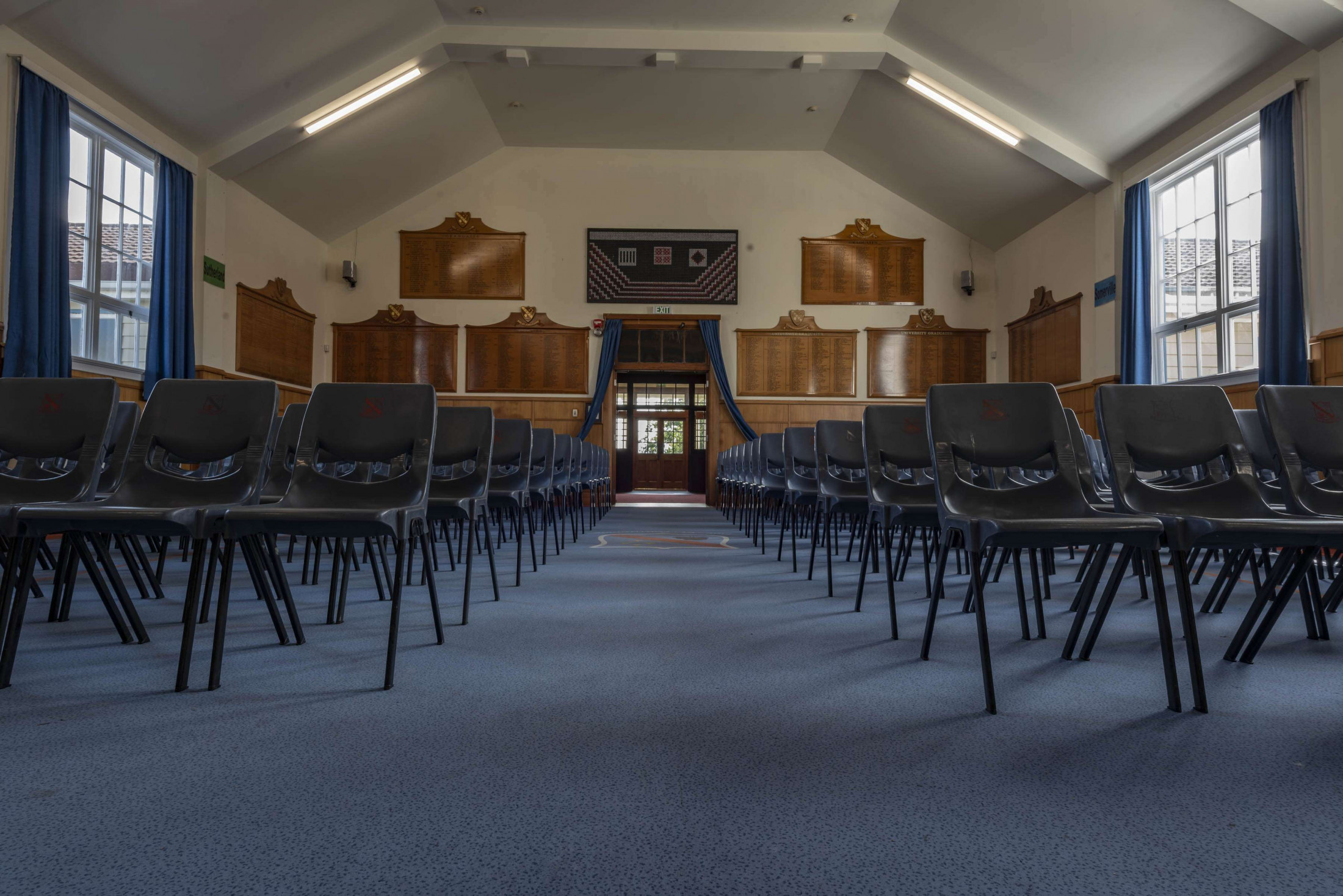How did the prediction conversations go? I’d love to hear about it if it went well or if you have a funny anecdote. I hope you are finding these tips helpful and hopefully enjoying talking with your child.
Literacy tip of the week: Using text features
The next two weeks are based on the idea that we take in a lot of information from texts without really realising but this is a skill good readers do which needs to be taught.
Understanding that texts are created and structured in specific ways can help learners know what to expect, make meaning and connections which enhance understanding. Learning to look for extra information like headings, captions, pictures or graphics, even fonts and colours can help students understand meaning.
I once took a group of students on a Duke of Edinburgh practise tramp before they went on their Gold expedition. We were sitting in a hut looking at a map and I asked them where we were. They couldn’t locate us on the map and I was shocked! I am no geographer but I talked to them through the features of the map and how to find where we were. An essential skill for anyone going tramping! It seemed obvious to me but no one had explicitly explained this to them. There are so many text types students see every day which are often ignored but once they are explained to them their understanding of the world around them is greatly deepend!
Understanding information is organised in texts in different ways is essential to functioning in society. Knowing how to read instructions on a recipe, follow a bus/train schedule or find a critical piece of information in an operation manual when trying to fix something on your bike is part of being functionally literate. It’s a skill which uses prior knowledge and find and locate skills such as skimming and scanning (more on those later).
In class teachers will be slowing down to point out features of different texts e.g. a graph, a map, an instruction manual, a novel etc to help build a picture for students that they use different skills to understand these texts (often without realising) and practising those skills explicitly helps make for more fluent reading.
At home you can ask simple questions when looking at any kind of text with your child, a recipe, an instruction manual, even scrolling online; “Where would you look to find (X) information (whatever is relevant to your conversation)”
What we’re reading: I am currently reading Tikanga by Francis and Kaiora Tipene (Of televisions "The Casketeers" fame). It was recommended to me by Mr Beeby, who leant me his copy (but that I had so long I bought my own so I could return his!)
It is a simple read going through different elements of tikanga (Maori ways of doing things) from the two author's perspectives. It is interesting to note their different opinions and perspectives as they were raised in different parts of NZ. They explain early in the book that often with tikanga the 'right' way to do things varies depending on place and circumstance, and that the book is just their experiences and there is no one correct way. They also go into some interesting details on their undertaking business and how they incorporate tikanga in funerals, even for pakeha people. Most of it I have come across before but there is still plenty to learn.
It's a great read for anyone wanting to know more about Maori culture and is written in a really easy to understand, conversational style.
Katherine Beaumont - HOD English
 South Otago High School
South Otago High School
